
Special Alert! Take Action! SEND YOUR PHOTOS OF YELLOWSTONE’S WILD BUFFALO TO MONTANA’S GOVERNOR
|
|||
|

|
|||
|
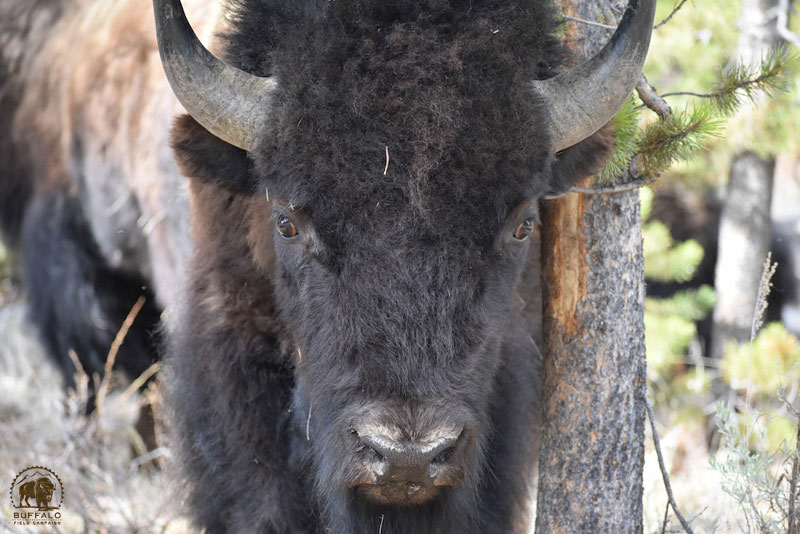
Featured image by Stephany Seay, Buffalo Field Campaign
On Monday, (June 25) our attorneys at Friends of Animals informed BFC that the US Fish & Wildlife Service has withdrawn their appeal, and Buffalo Field Campaign and Western Watersheds Project’s lawsuit victory will stand.
On January 31, 2018, U.S. District Court Judge Christopher R. Cooper ruled the Service violated the Endangered Species Act in finding that the imperiled bison did not warrant protection under the Act. With their appeal officially withdrawn, the Service now has to issue a new 90-day finding consistent with Judge Cooper’s opinion.
In his ruling, Judge Cooper said the Service couldn’t pick and choose science and ignore evidence that bison may be threatened. At the 90-day finding stage, Judge Cooper found the Service must credit evidence presented in our petition that bison may warrant listing as an endangered species.
The clock is now ticking for the Service to act and issue a new 90-day finding on our petition to list bison as an endangered species.

Buffalo Safe Zone Sold
Montana’s largest Buffalo Safe Zone has been sold. The former Galanis property, about 700 acres of lush green grass and rolling hills, was recently bought, and while we don’t know exactly how the new owners feel about the buffalo, the large “Bison Safe Zone” sign has been removed. The caretaker has contacted us to say that we are no longer welcome there, and we fear that this may mean the same for the buffalo. This is *critical* habitat that the buffalo from the imperiled Central herd use winter and spring, one place they are safe from any harm, and they are devoted to this land which is part of their calving grounds. The Galanis family — incredible champions of the buffalo — are devastated that they have had to let this land go. It’s a heavy blow to all of us. But, we still don’t know for sure how things may or may not change. Perhaps the new owners will understand the tremendous support and fierce loyalty the buffalo have from all the surrounding neighbors and others throughout the West Yellowstone community, and keep things as they are.
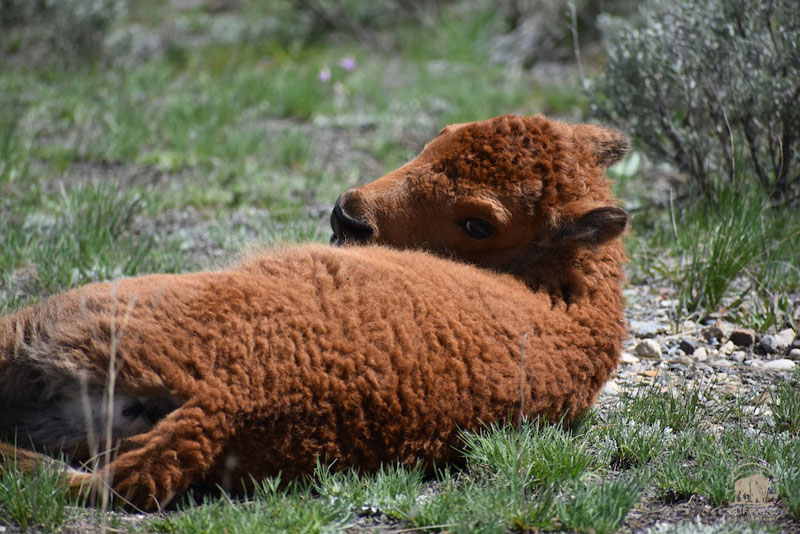
Wenk Forced out by Secretary of Interior Zinke
On the federal level, Yellowstone’s superintendent, Dan Wenk, has been ousted by Secretary of the Interior Ryan Zinke. Though wrongfully touted by some “green” groups as a “bison protector”, Wenk had, apparently, been in dispute with Zinke over the number of wild buffalo — the country’s national mammal — who should exist in the Park. The controversial Interagency Bison Management Plan, crafted in the interests of ranchers, places a political cap of 3,000 on the buffalo population. A number not supported by science, ecology, or any form of logic. Yellowstone National Park alone can sustain upwards of 6,500 buffalo, while the surrounding lands of the Greater Yellowstone country could support at least 20,000. For a population who once existed in the tens of millions, this is still a minuscule population size. Yet, Zinke — a Montana cattleman — wants to drive the endangered population down to a mere 2,000.
Zinke, a corrupt Trump appointee, is a known enemy of the earth, a strong champion of industry and corporations who has oil & gas, timber, mining, and ranching advocates salivating. It’s no surprise that, being from Montana, his attention would turn to the wild buffalo of Yellowstone with an aim to cause them greater harm.
For nearly 30 years Park Superintendents have played a lead role in slaughtering buffalo inside Yellowstone National Park. Some have expressed regret, like Mike Finley. Wenk is just the most recent of several superintendents behind the National Park Service’s ongoing slaughter of our last wild buffalo.
That being said, the reality is, Wenk has hardly been a champion of the buffalo. Thousands of the country’s last wild buffalo — the beloved Yellowstone herds — have been shipped to slaughter from within Yellowstone, brutally treated, hazed, domesticated, and otherwise harmed with Wenk standing as Yellowstone’s superintendent. For all the years he’s been in office, he has bent over backwards to serve Montana’s livestock industry, destroying imperiled wild buffalo. It has only been in recent months — after Yellowstone’s trap was attacked four times — and public pressure against the buffalo slaughter has been mounting — that he has started to come out advocating for wild buffalo to be managed as wildlife, and that the livestock industry should not be the ones to dictate how buffalo live or die.
Too little, too late. Actions speak much louder than words, and Wenk’s hands are covered in buffalo blood no different than Zinke’s aim to be. Not only that, but a 50-year wild buffalo domestication / commercialization program has been approved under Wenk’s “protective” leadership, which has already resulted in dozens of buffalo being slaughtered or confined for life.
Will it be worse without him as Superintendent? We simply need to grasp that this whole system is broken and we must stand in solidarity and fight back harder. Zinke has made it clear that the war against the country’s last wild buffalo — our national mammal — is escalating. With our sites aimed straight and true, we stand up even stronger for the wild.

by Stephany Seay / Buffalo Field Campaign
It’s been a pretty mellow week here with the buffalo. We’ve had very few instances of buffalo along the highway, but there is one big bull who is starting to stretch his legs into some of the newly gained year-round habitat. He has headed north of Fir Ridge, along Highway 191, moving out of the Hebgen Basin further north than we’ve seen a buffalo go in many years. He’s making us a bit nervous, though, as he’s in a tight, forested section and staying close to the road. If he continues north, the land will open up a bit, and if he continues even further north, he could potentially be the first buffalo to make it to the Taylor Fork in over two decades. There are some organizations and agencies who have wanted to capture and transport buffalo to the Taylor Fork, but we keep saying that if they want to be there, they will go. We’re keeping a close eye on this amazing boy who is showing other humans who want to “make” them do things that, if given time and space, they will be the ones to show us the way.
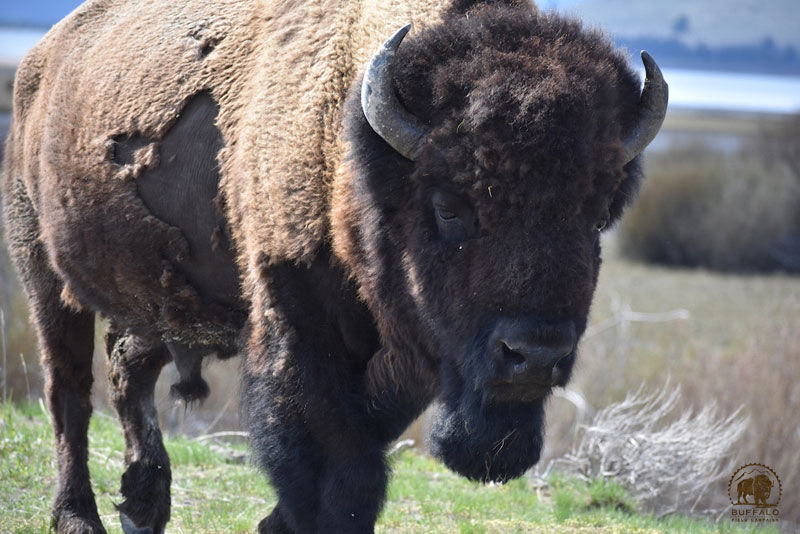
Around the Hebgen Basin, Central herd members continue to bring forth new life. Calving season got off to a bit of a late start, but, now, every day we are seeing more and more calves. Except for a few, short hazing operations and the challenges of the highway, the buffalo are at peace here. Moms can give birth without disturbance, and the calves are able to run, play, and grow strong without the threat of being hazed. While the Central Herd’s numbers are drastically down — our highest count here has been fewer than 250 in this Basin, and less than 100 counted on recons into Yellowstone’s interior — every single calf who is born is a symbol of resistance, an effort to make a comeback from Yellowstone’s senseless slaughter. Each calf is a celebration for the buffalos’ future. And, we want you to celebrate with us. So, instead of a lot of words, here is a little photo journey into wild buffalo calving season!
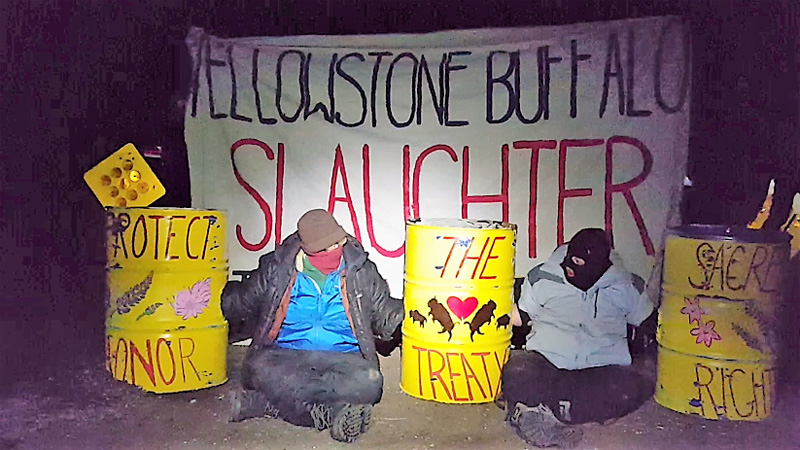
Featured image: Coyote and Wolf block the access road to Yellowstone’s Stephens Creek buffalo trap, in an attempt to halt trucks from transporting wild buffalo to slaughter. Photo by Wild Buffalo Defense.
by Stephany Seay / Buffalo Field Campaign
Direct Action
Last Friday, two more people were arrested after attempting to halt Yellowstone from shipping wild buffalo to slaughter. The two men, Coyote and Wolf, with the direct action collective Wild Buffalo Defense, locked down to three concrete-filled barrels in front of the gate to the access road that leads to the trap. They were released from jail on Monday. Their brave act stalled operations for four hours.
Despite these courageous actions along with overwhelming public opposition to the slaughter, Yellowstone continues to kill buffalo. That morning, Yellowstone officials were so determined to send buffalo to slaughter — the very gentle giants the country has entrusted with their care — that they destroyed sensitive habitat to create a road around the blockade so that the trucks could get through.
This begs the question: whom does Yellowstone serve? Certainly not the global public, including Montanans, who are largely opposed to the slaughter of the last wild buffalo. Yellowstone presses on with urgency, capturing and killing as many buffalo as they can so they can make the cattle lobby of Montana happy. Yellowstone betrays Native buffalo cultures, the general public, their mission, the Organic Act, and, most importantly, the buffalo. Not even in Yellowstone National Park is our national mammal safe.
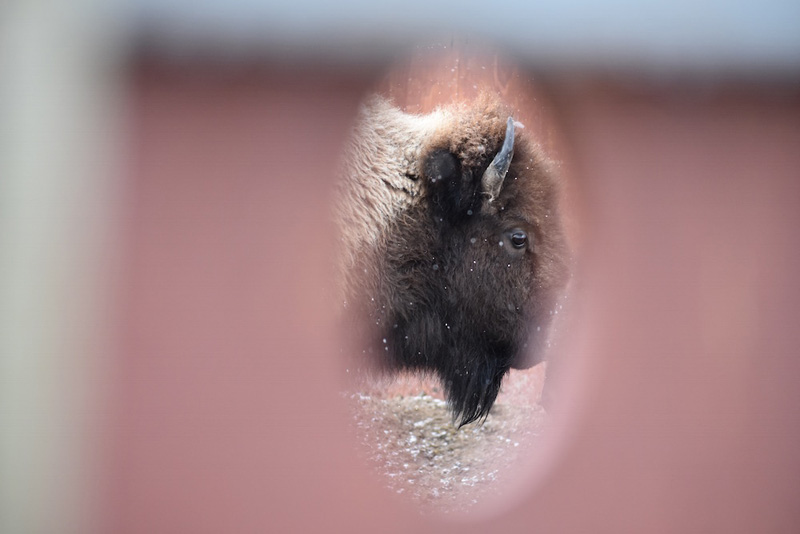
An adult female buffalo held captive inside Yellowstone’s trap. She’s imprisoned in a small, dung-filled sorting pen until such time as trucks and trailers arrive to send her and her friends to slaughter. Photo by Stephany Seay, Buffalo Field Campaign.
Perhaps in response to the embarrassment they feel from doing what they know is wrong, and to having their “government operations” interrupted again, Yellowstone treated the two men very aggressively and made shocking statements in defense of the slaughter, telling the protectors, “these buffalo are going to die and there’s nothing you can do to stop it!”
Yellowstone Captures More Buffalo, Far Exceeds Kill Quota
Yellowstone has further retaliated by capturing more buffalo, bringing the total captured to nearly 800 individuals. Even though it’s just a few weeks away from calving season, they still may not be done. Many of these buffalo are from the imperiled Central herd, who even Yellowstone admits are in dire straights. The buffalo managers (read: manglers) that entered this winter with a goal of killing between 600-900 buffalo have far exceeded this quota.
Given the number of buffalo captured for slaughter and quarantine, along with the excessive hunting that took place along Yellowstone’s boundary, more than 1,200 buffalo have been eliminated from the country’s last wild, migratory buffalo populations, which now hovers at fewer than 3,600. That doesn’t even include natural winter mortality, which can also take a heavy toll.
It is unknown how many remain in the Central herd, who numbered a shocking 847 before this killing season began. Over 100 were killed by hunters in the Hebgen Basin, and aside from a few radio-collared females, none of the bison managers know how many of the buffalo killed in the Gardiner Basin were from this highly endangered population. Yellowstone is acting in foolish haste to appease Montana’s livestock industry, making excuses not backed by science, ecology, or public sentiment to wantonly destroy this sacred, keystone species, who is a national treasure and the last of their kind.
Yellowstone’s buffalo slaughter continues to be challenged from every direction, and pressure on them is increasing and will continue to do so until they quit being puppets for Montana cowboys.
Hunting Has Ended
Hunting seasons have finally ended, so some buffalo are enjoying a respite. Of the buffalo who do roam free, BFC Gardiner patrols report that fewer and fewer are in the Gardiner Basin. Spring is here, and calving season will be underway in just a few weeks. Buffalo are starting to move to their calving grounds; Northern herd buffalo are heading up towards the Blacktail Plateau, while the surviving Central herd buffalo are slowly beginning to move into the Hebgen Basin.
There is hope in the coming of the calves. Grizzly bears are also waking up. Patrols cut fresh tracks of a young grizzly the other morning, and there has been another sighting around Horse Butte, and a couple inside the park. These bears are hungry and are looking for winter-killed buffalo meat — an extremely important food source for them after emerging from their long winter’s nap. We hope they will find enough food to eat, given that Yellowstone has stolen so much of it from them.
Patrols in the Hebgen Basin are making ready to serve as buffalo crossing guards, helping to warn traffic as buffalo migrate to their calving grounds. These rove patrols have saved many lives, both human and buffalo. Our night roves are particularly important, as that’s when buffalo tend to get struck by vehicles, because they are so difficult to see at night.
Patrols are also keeping a close eye south of the Madison River, where buffalo were not granted year-round habitat, and are therefore threatened by hazing operations conducted by the Montana Department of Livestock. But, thanks to the incredible victory of gaining wild buffalo year-round habitat on Horse Butte and lands north, we are also very much looking forward to the days we can just be on the land with the buffalo, watching the new calves arrive, spending time in their peaceful presence, listening to their stories.